Soviet ‘Fury’: How one tank stopped a whole German division
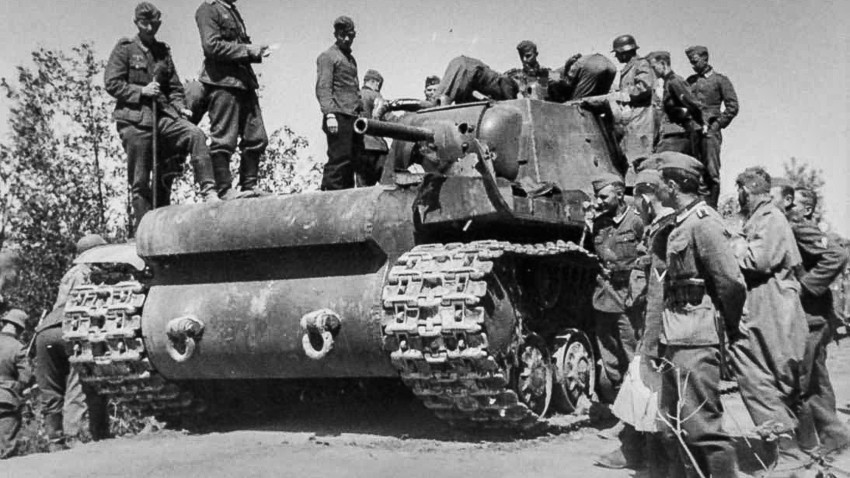
After the launch of Operation Barbarossa, the German armies smashed into the Soviet troops like an avalanche, penetrating hundreds of kilometers into Soviet territory.
In these desperate circumstances, the Soviet army tried, if not to stop the Nazis, then to at least detain them and give the country more time to organize a proper defense. In one such heroic deed near the city of Raseiniai in central Lithuania, one Soviet KV-1 heavy tank kept the German 6th Division at arm’s length for almost 24 hours.
One tank versus an army
The German 6th Tank Division and the Soviet 2nd Tank Division began to fight for the city of Raseiniai in the first days of the war. While the main battle was fought east of the city, one Soviet tank suddenly appeared in the German rear in the north of Raseiniai and cut off the main supply road between the two groups of German troops.
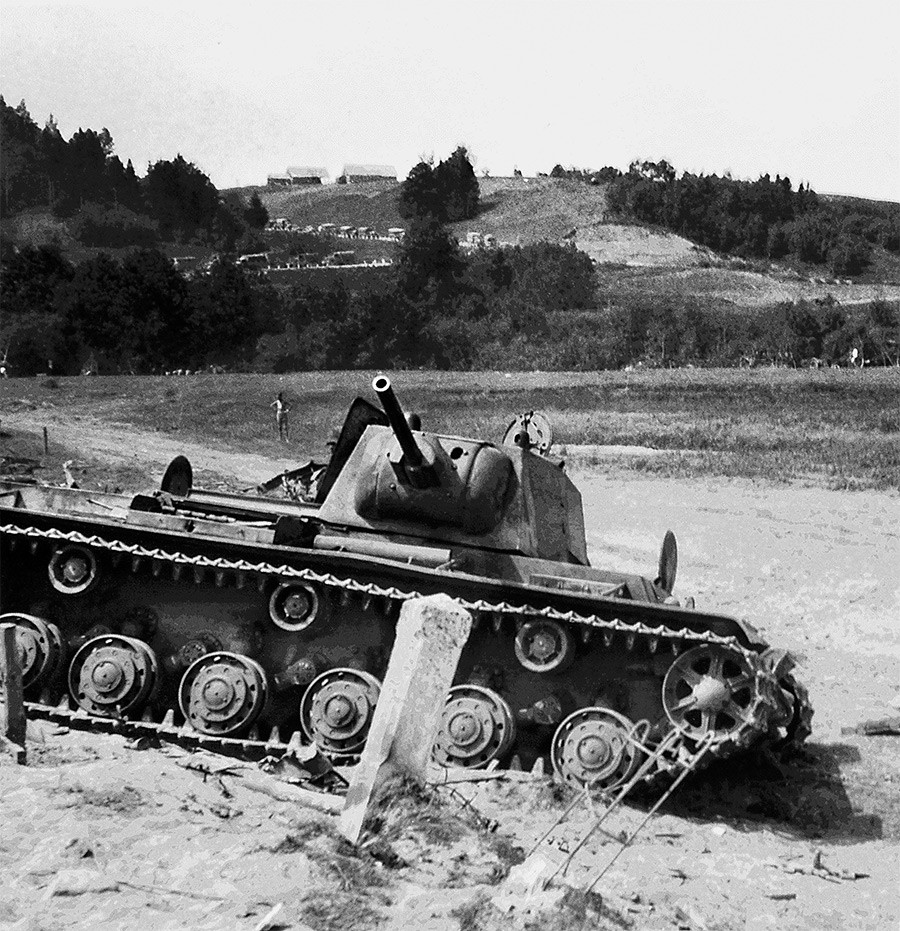
The KV-1 just stood right in the middle of the
Before the Germans could gather more forces, the Soviet machine destroyed 12 enemy supply trucks.
The attempts to take out the Soviet tank with 50mm anti-tank guns failed. Moreover, the return fire of the KV-1 annihilated the guns together with their crews.
More powerful 10.5 cm howitzers subsequently engaged, but they too were unsuccessful. The Germans decided to wait for the night.
In the darkness, German sappers approached the tank and put two explosives on its track and gun, but the explosions didn't even leave a scratch on the KV-1.
The only weapon able to deal with the tank was an 88mm anti-air gun. 50 German tanks distracted the Soviet tank crew by simulating a multidirectional attack while the gun was secretly moved closer to the KV-1 and fired.
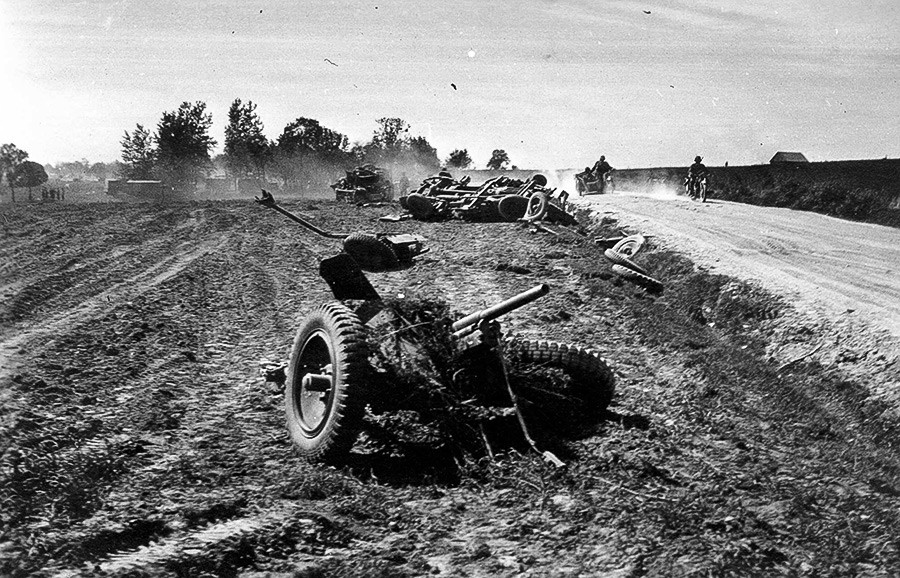
Only the 13th direct hit finally broke through the tank's armor, killing everybody inside.
Honoured by the enemy
The Germans took six bodies out of the burning Soviet tank - 5 crew members and one unidentified person. Amazed by the courage of the Soviet soldiers, they buried them with all due respect and ceremonies.
It still remains unknown as to why the KV-1 decided to engage in such an uneven battle.
According to the historian Maxim Kolomiets, the tank broke away from its own troops and accidentally ran into the enemy. Running out of fuel, it was forced to stop and fight.
However, the crew members had every opportunity to leave the tank, hide in the forests, and try to break through to their comrades. Still, they chose to stay and fight to the bitter end, Kolomiets is keen to underline.
Russian monster
The German army had knowledge of a great deal of Soviet armored equipment before the war. Still, they had absolutely no idea about the KV-1 heavy tank, which came as a very nasty surprise for the Wehrmacht.
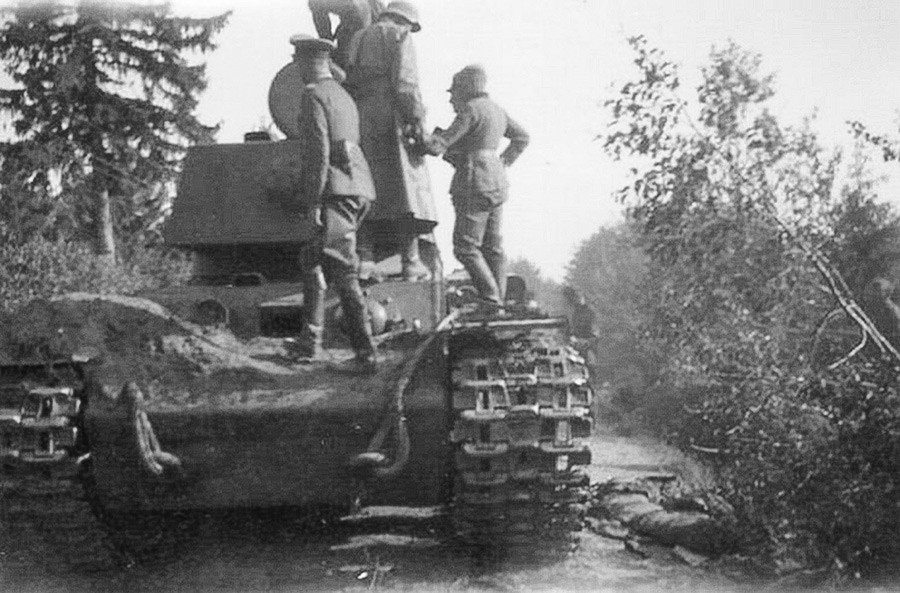
In the very first clashes with these tanks in the summer of 1941, the Germans realized that they lacked the weapons to destroy these powerful machines. The huge “Russian monsters,” as the German soldiers called them, were invulnerable against the direct hits of the 50mm anti-tank guns.
The German main tanks at that time, such as the Panzer III and IV and the trophy Czech Panzer 38(t), were no match for the Soviet KV-1. The only solution was to use 88mm anti-aircraft artillery or 10.5 cm howitzers against the Russian monsters.
“Rumors about these armored monsters terrified us. Information about their size and invulnerability made us think of them as indestructible fortresses”, said a German soldier.
However, the KV-1 was far from being an ideal tank. It was too “raw” and rough around the edges when it first entered the war. Although well-protected and well-armed, KV-1 tanks were rather slow. Besides, they often broke down and were permanently in need of repair.
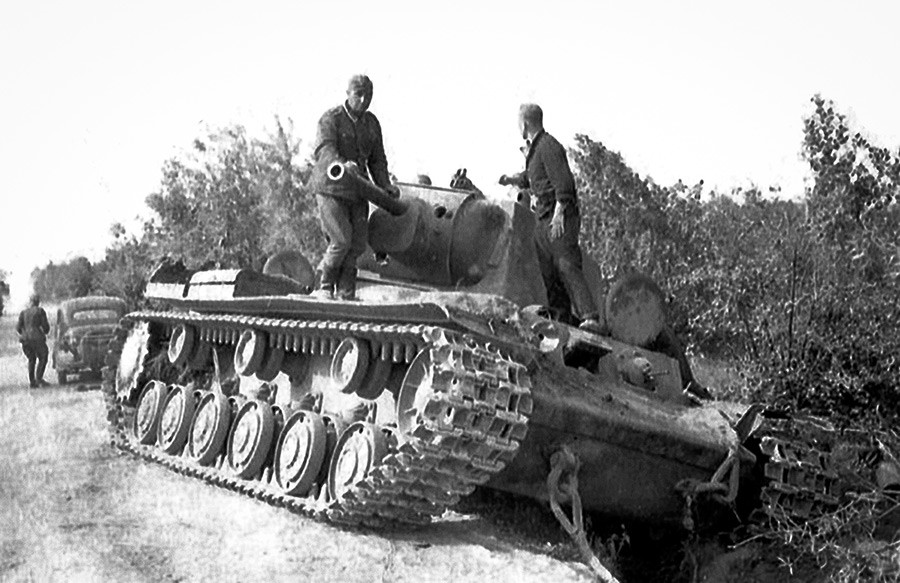
The swan song for the KV-1 was sung when the Germans put their Tiger I heavy tank into service in 1942, much more powerful than its Soviet counterpart. But before that happened, the KV-1 had been a true nightmare for the Nazis.
If using any of Russia Beyond's content, partly or in full, always provide an active hyperlink to the original material.
Subscribe
to our newsletter!
Get the week's best stories straight to your inbox